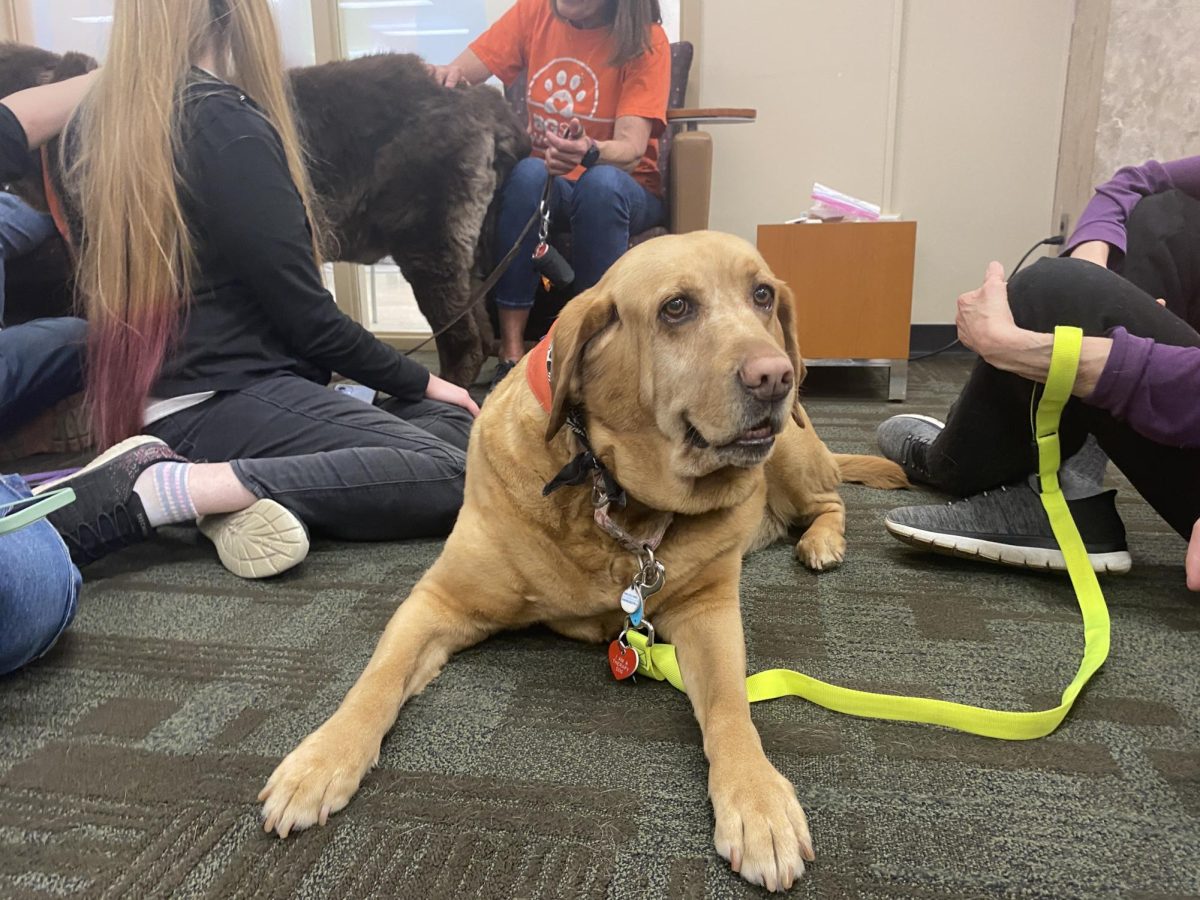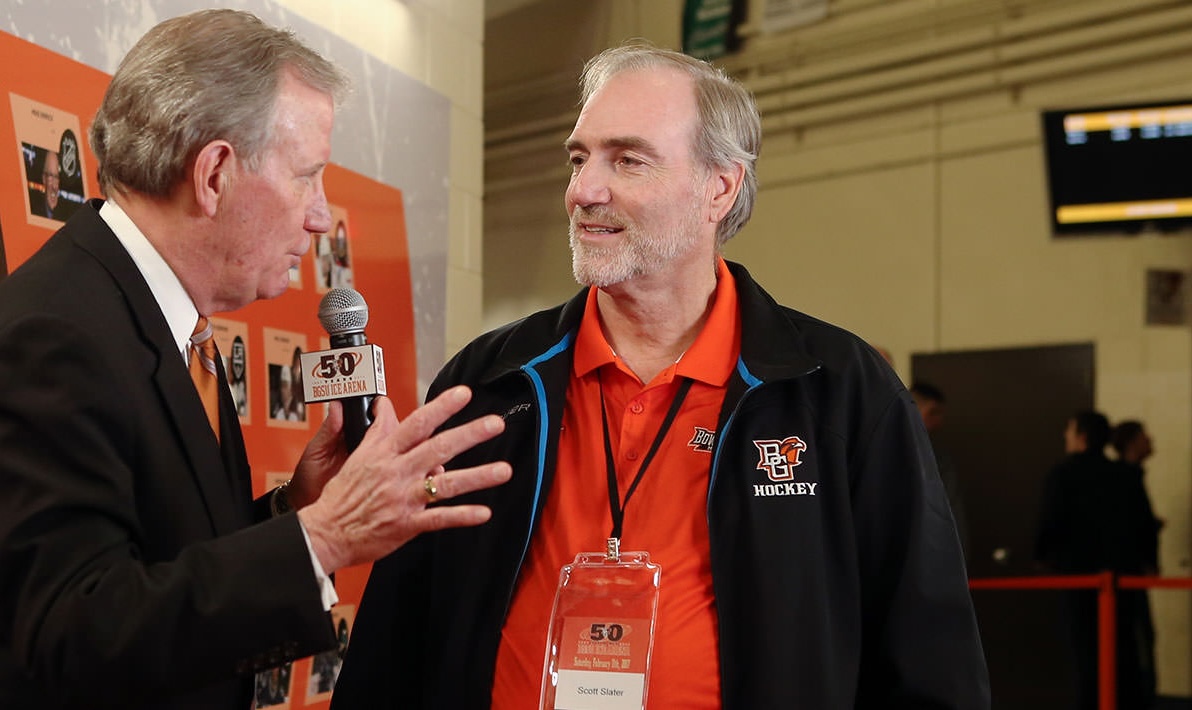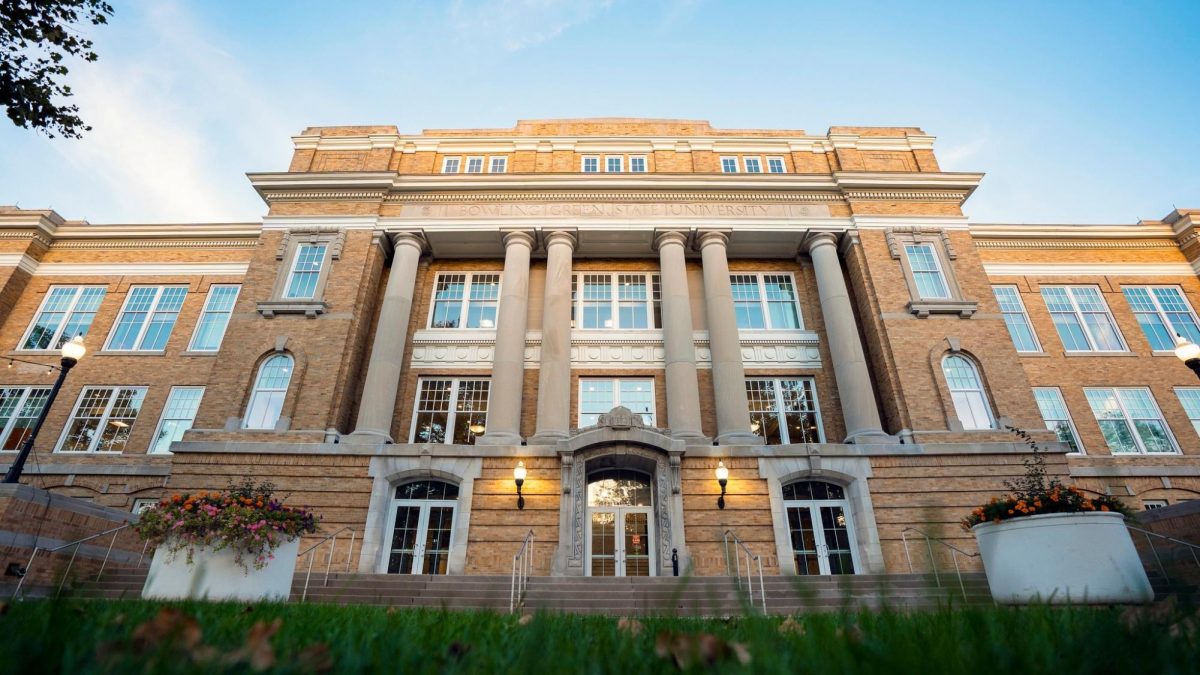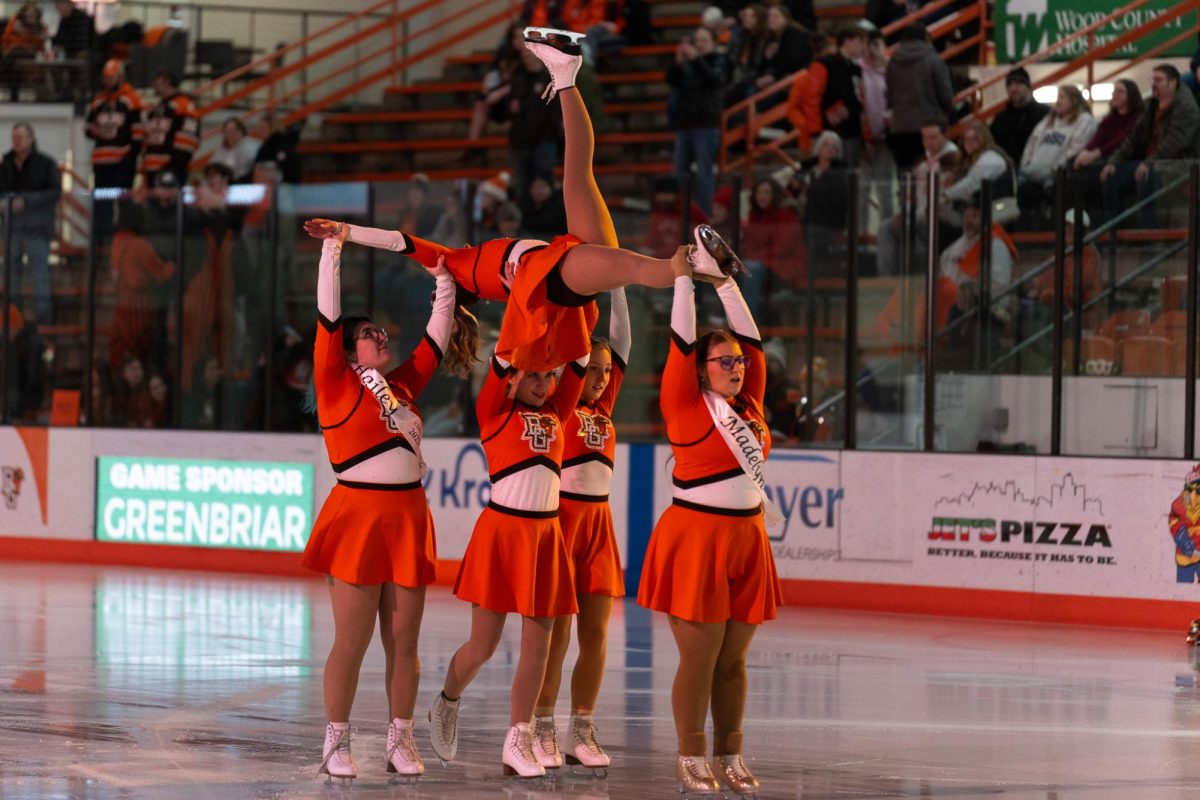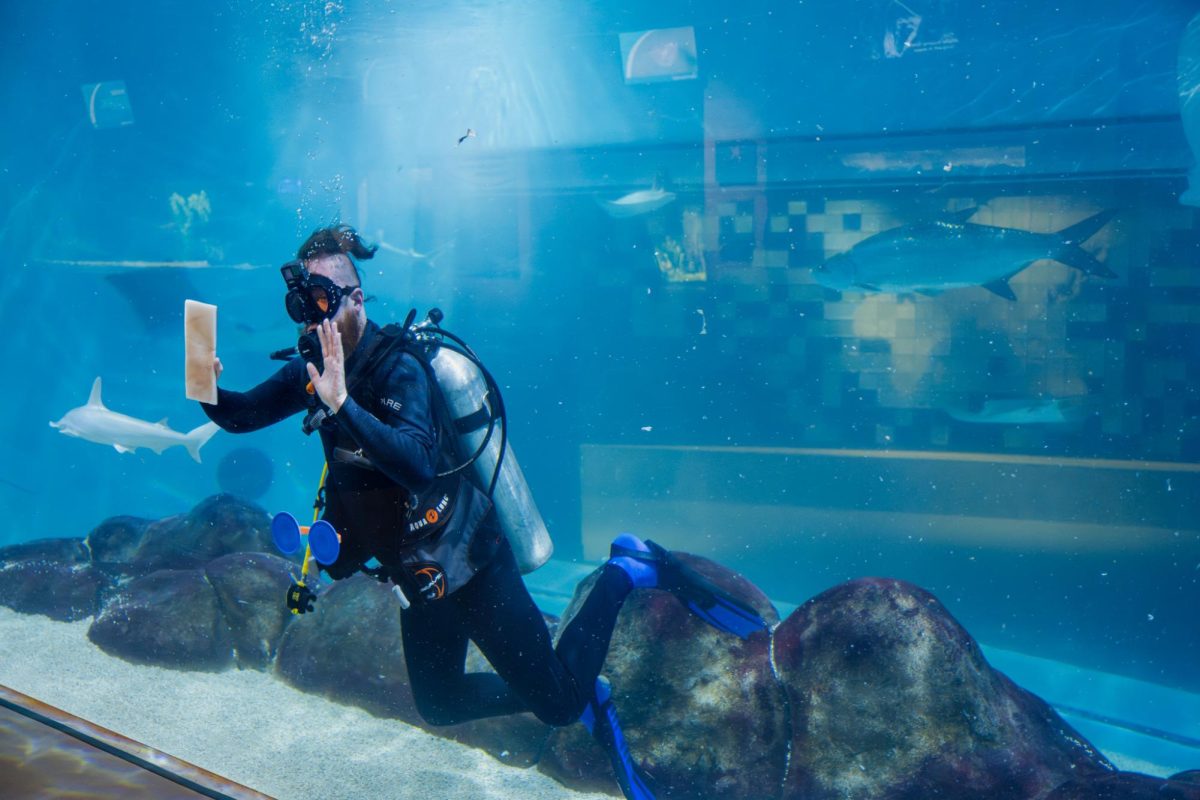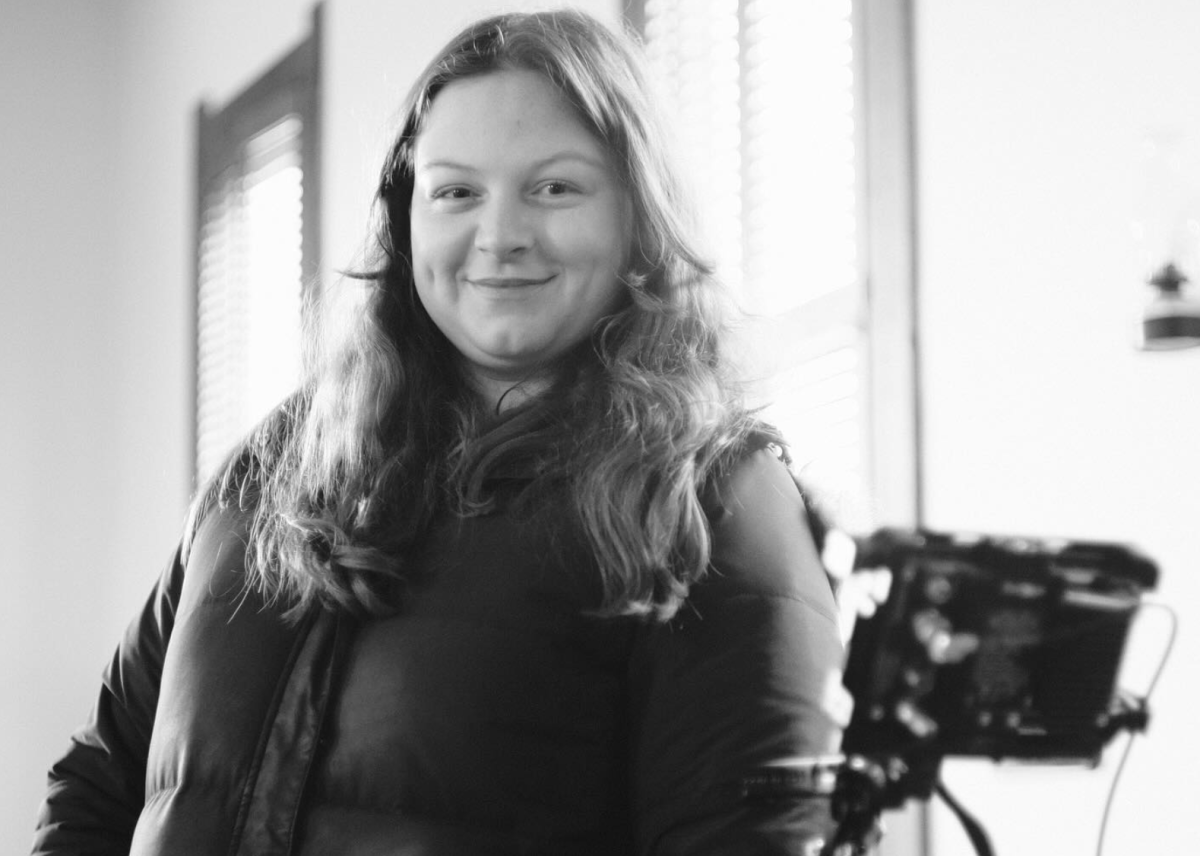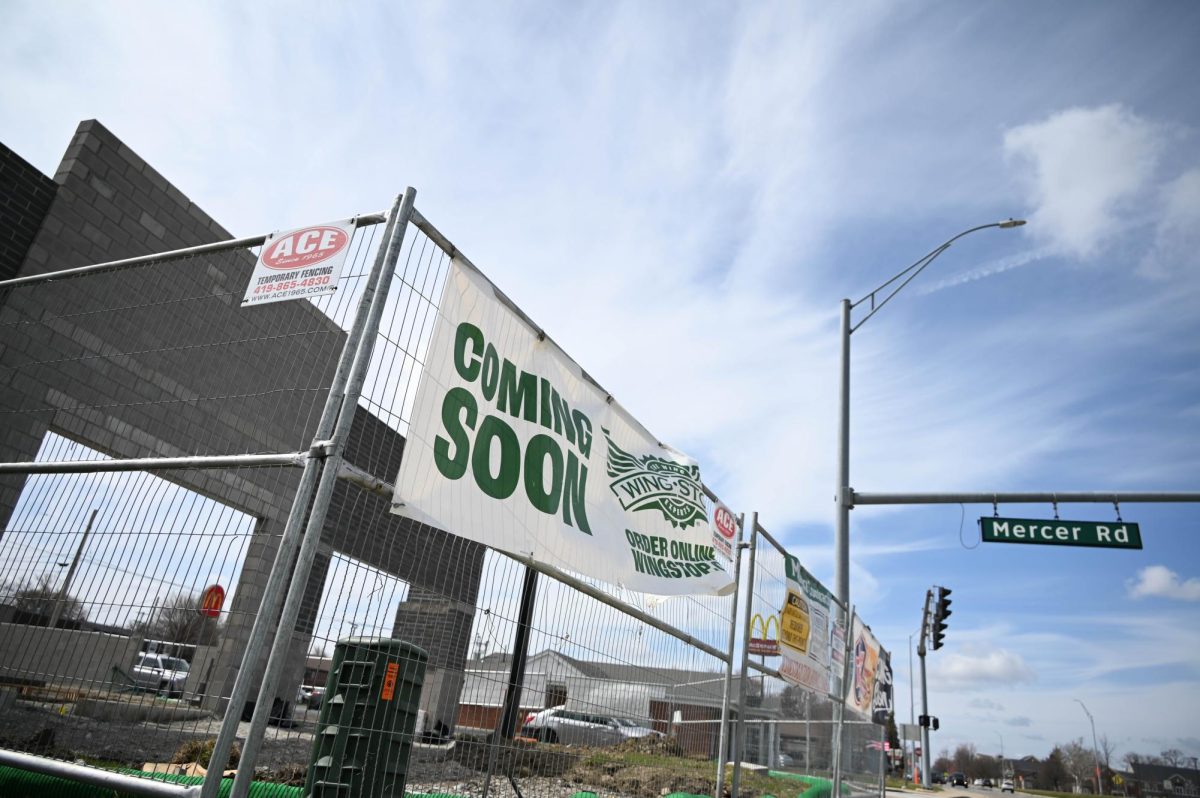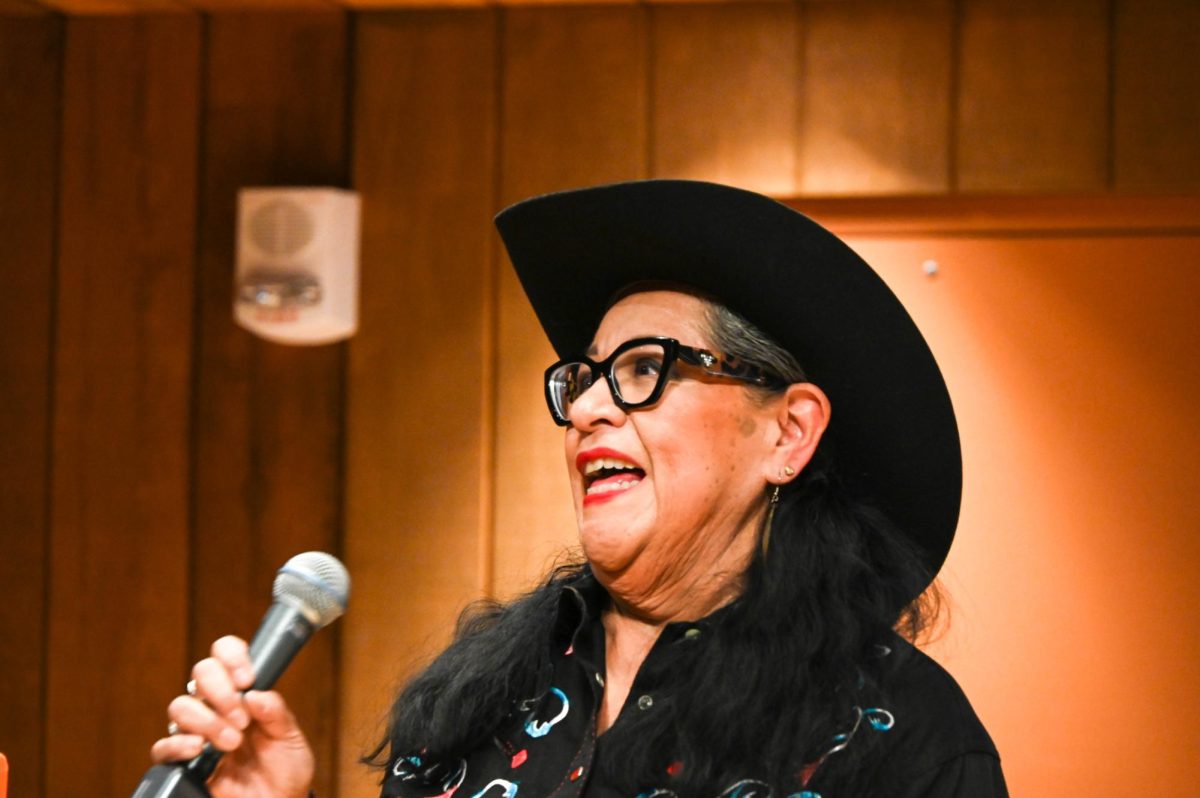Earth Week revolved around recycling, wildlife preservation and new efficient uses of energy.
The Bowling Green Montessori School hosted the annual Earth Day Celebration Sunday afternoon that gave visitors opportunities to learn about going green.
The activities included a story time for children, arts and crafts, wildlife preservation booths and informative recycling options.
Ohio’s Scenic River Program aims to protect river quality and they take volunteers to help with litter clean-up, water testing, tree planting and other activities to help preserve rivers.
“Rivers are becoming a library for organisms,” Christina Kuchle said. “Each book has information on these rivers and how they can be helped.”
Kuchle, Northwest Region Assistant Scenic Rivers Manager, said the water quality in the state of Ohio is a significant factor to preserving our river heritage. Trees are a sign of high-quality rivers.
“They play a huge role,” Kuchle said. “They house different organisms and help create growing water flow.”
There are three different kinds of rivers: recreational, wild and scenic. Recreational rivers are the least forested while wild rivers have plenty of forestry and few bridge crossings. Scenic rivers have forest qualities and can be untouched by humans.
The program offers two different license plates that support conservation of endangered species that would cost an additional $25 a year and $15 goes directly to scenic river protection.
Not only do the rivers need protection, but so do the trees.
Lisa Cook, Master Gardener Coordinator of the OSU extension, had a booth discussing the problems of the Asian Longhorned Beetle and the Emerald Ash Borer.
The Borer has been attacking ash trees and makes a “gallery” indentation while the Beetle goes after all types of maple trees and makes puncture holes.
The Borer has been confined to Butler County but could easily be released into other regions.
Cook said that the preservation of trees from pests can be helped with one simple thing.
“Don’t transport firewood,” Cook said. “It’s the easiest way for them to get around.”
Nick Hennessey, the University’s Office of Sustainability Coordinator was running a table that gave visitors a chance to have their own sunflower that will grow up to 12 feet tall. They come already in a “peat” pot.
“The pots deteriorate into the soil once you plant them,” Hennessey said. “It’s 100 percent no waste.”
There were different recycling options surrounding the event. Wood Lane Industries and the BG Recycling Center offered information on how and where to depose of different materials such as paper, scrap metal, cardboard, glass and plastic.



